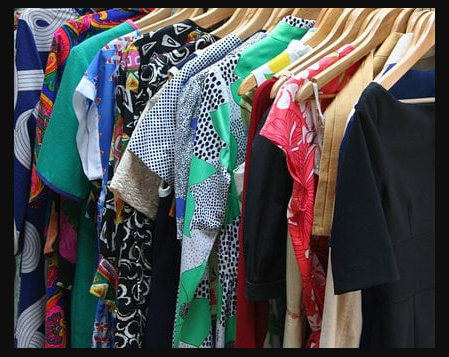Men’s clothing
Expenditure on men’s apparel and clothing in the United States is expected to reach $402 billion in 2014. As a result, it is important for marketers to understand the trends and needs of male consumers. They should develop effective strategies to reach their customers. Marketers should also produce clothing that reflects the values of consumers.
Ads for men’s clothing tend to be image-driven and capitalize on men’s desire for visual stimulation. Marketers juxtapose products with lifestyle indicators such as leisure, travel, and education. They also use images of male consumers making changes to their lifestyles by putting on clothing. Increasingly, internet advertising is being used as a part of many campaigns. In addition, the increase in online shopping creates pressure on price levels.
Although marketers focus on women’s apparel and clothing, men’s apparel is also an important part of the industry. The clothing industry is a multibillion dollar industry that relies heavily on unorganized, uneducated labor. In the past, the clothing industry has been criticized for sweatshops. As a result, activists attempted to close sweatshops in the 1990s. However, as major textile chains expand, they create more pressure on price levels.
The most popular men’s clothing items include suits, casual wear, and footwear. Clothing items may also include shirts, jeans, shorts, athletic wear, dress shorts, and other apparel. Accessories for men include neckties, ties, belts, underwear, scarves, sleepwear, and jewelry. Footwear is also a large accessory category.
The growth of the men’s apparel industry is driven by the need for low-cost clothing. This is especially true in the United States, where consumers have been forced to live on a tight budget. This has led to an increase in the availability of low-cost clothing. Manufacturers are increasingly using contractors to supply clothing. This trend is projected to continue, but it is important to monitor the changing needs of men’s consumers.
Young men are becoming more interested in fashion and appearance. This is partly because of the increase in marketing activities for young people. Mass media has also contributed to the socialization of young men. Marketers should develop strategies for the market by understanding the relationship between college-aged men’s identity and their clothing choices. They should also develop strategies that are focused on the ethnicity of their consumers.
Men’s apparel and clothing is a large industry that targets many different groups of consumers. While men’s apparel ads tend to be image-driven and exploit their desire for change, they may also be competitive for the sexiest ads. As a result, it is important to understand men’s preferences and needs before beginning an advertising campaign. Marketing for men’s apparel requires a strong brand and convincing customers that their clothes will make them look good.
In 2007, edgier design and slimmer silhouettes were in vogue. Performance textiles started to appear in dressier clothing. Traditional tuxes and vests made a comeback, along with pinstripes. Other trends included increased color and more slim silhouettes. Increasing imports of men’s clothing have contributed to the decrease in overall prices. In addition, retailers are beginning to introduce more customization options for consumers.






